Dia de Los Muertos or The Day of the Dead
November 22, 2019
We celebrated this special celebration in Todos Los Santos, Baja. Let me give you a bit of history about this fascinating celebration: Day of the Dead or Dia de Los Muertos is a Mexican holiday that is celebrating the lives of the deceased.
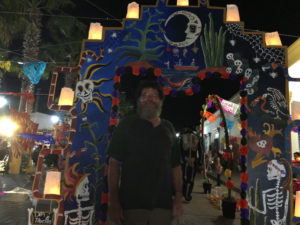
Participants of the celebrations recognize death as a natural part of the human experience, along with birth, childhood and adulthood. Friends and family of the departed remember to honour those that have left the earth trough food, drink, parties and activities focused on the deceased. Those that celebrate believe that the dead return to earth and reunite with their loved ones for one day every year.
“To live in hearts we leave behind is not to die.” – Thomas Campbell
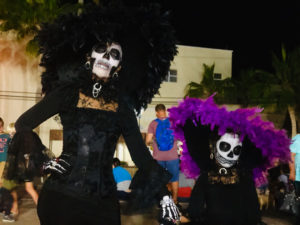
The Aztec Roots
Dia de Los Muertos celebrations of ancestors in Mexico developed from ancient traditions and cultures for as long as 2500- 3000 years. During the 16th century, the native Aztec honouring the dead in the summer during the ninth month of the Aztec calendar, around August.
The festivities dedicated to the goddess known as the “ Lady of the dead,” corresponding to the modern La Calavera Catrina. Initially celebrated in southern Mexico, overtime, the practice grew in popularity throughout Mexico, it began to meld with elements of Christianity and eventually moved from the summertime to coincide with All Saints Day and All Souls Day celebrated on November 1 and 2.
On November 1, generally referred to as Dia de Los Angelitos or Day of the little Angeles, it is believed that the children spirits visit from midnight on Oct31 through midnight on November 1, at which time children spirits leave and adult spirts arrive for Dia de Los Muertos.

Family time with the Dead
“Our dead are never dead to us, until we have forgotten them.” – George Eliot
Family and friends come together and support their deceased family member’s spiritual journey. During the festivities, the families visit the cemeteries where their relatives are buried to pay respect by cleaning and maintaining the gravesite, decorating and generally providing upkeep.
The family is bringing food, play music, sing, drink tequila and mezcal and tell the story about the deceased. Day of Dead is a celebration of life, so while many cultures may think of cemeteries as dark, evil and hunted, many participants believe of death and cemeteries as nothing to be scared of but instead something to celebrate.
Manny families create altars dedicated to the deceased family member. The altar or “Ofrenda” commonly decorated with flowers, candles, ceramics, skulls and photos of loved ones. The food placed on the alter consists of favoured dishes and treats, which many times include pan de Muerto, or Day of the dead bread.
Drinks are offered to quench the thirst of the dead after their long journey back home. The yellow marigold petals guide the spirits of loved ones to the celebrations. Copal scent is enjoyed by the deceased, together with the marigolds and acts as a beacon to the soul.
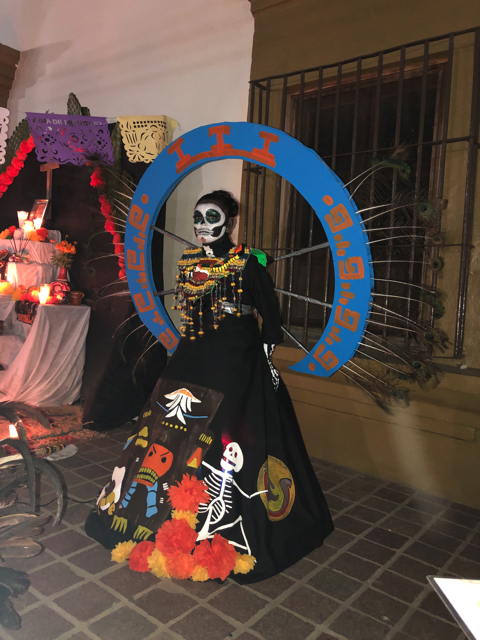

Traditions and festivals
Tradition means giving votes to the most obscure of all classes, our ancestors. It is the democracy of the dead. Tradition refuses to submit to the small and arrogant oligarchy of those who merely happen to be walking about.
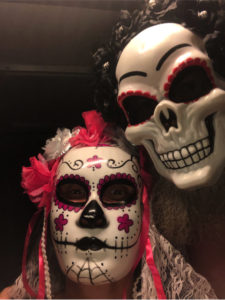


On November 1 and 2, many town plazas display some altars, and there is even a competition. Judges will select the best-decorated altar, and some also come with life spirits and performances.
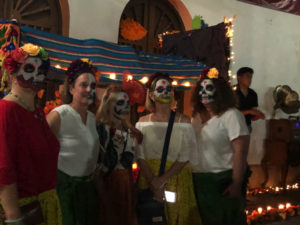
Face painting everywhere
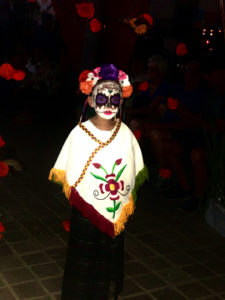
A little Spirit enjoying the festival
It is common practice for those celebrating to paint their faces to look like skulls. Mostly white and black, but some vibrant colours are equally shared. Some of the faces we have seen have been elaborate and detailed. Some are dressed and painted as spirits and are entirely silent. As you are looking into the crowd It does feel that both worlds are united and celebrate together.
Another tradition is the sugar skull or Calaveras de azucar. It is used to decorate the altar and is intended to resemble the deceased. It is common to write the name of the dead on top of the skull. The sugar skulls are very colourfully decorated — original, the skull was made out of sugar when sugar was plentiful and available. Today the skulls are made out of plastic, clay or other materials, but it kept the name sugar skull.
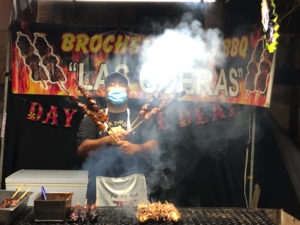
this guy is making a mean kabob
As we were listening to music, dancing, indulge in amazing street food and watching people being proud and celebrating until early mornings at the local town plaza in Todos Los Santos, we learned that even death has a happy ending. It was not Grimm, scary or sad; in fact, it was loving, caring, comfortable and beautiful.
Thank you, Mexico, for teaching us a new way of thinking!
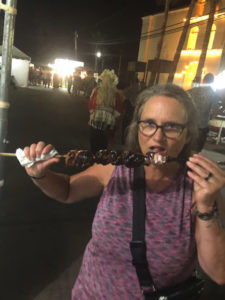
Eating a massive kabob
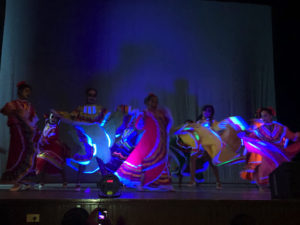
The spirits performing traditional dancing
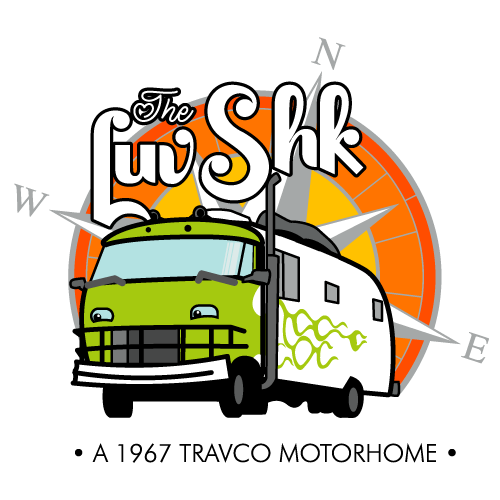
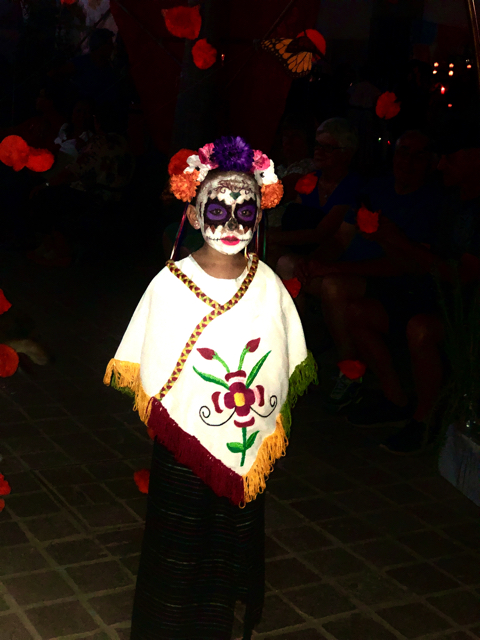
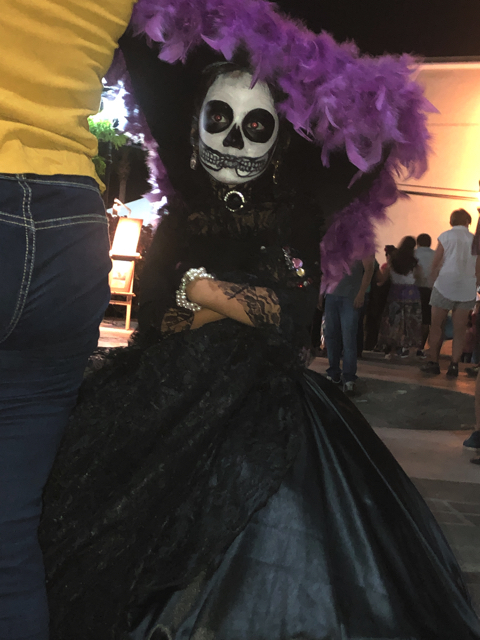
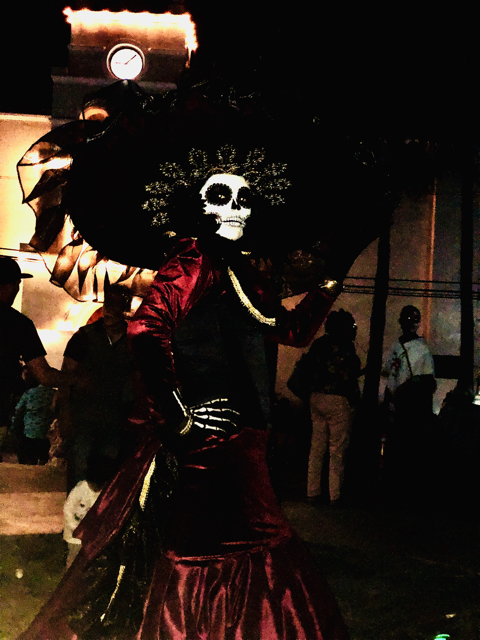
Thank you Francis for your very eloquent missive